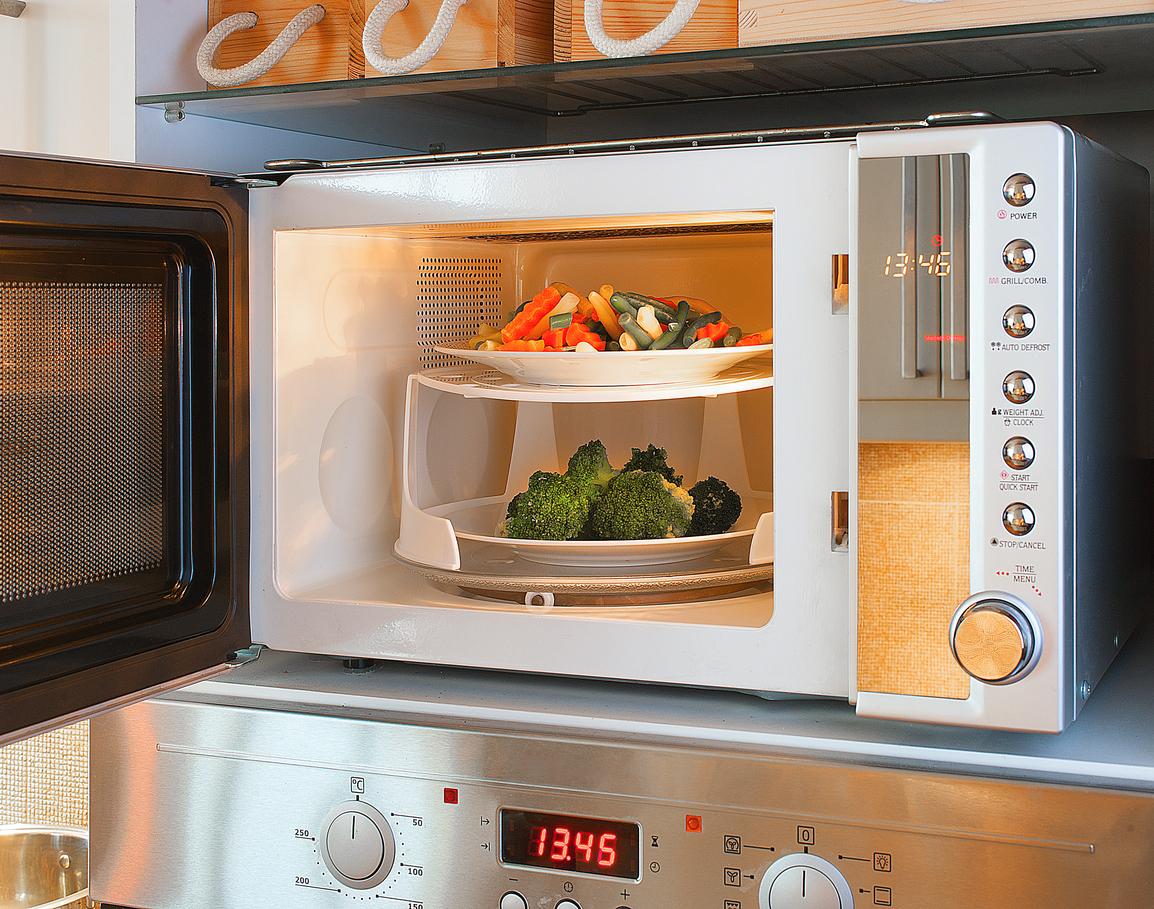Baby monitors are radio frequency devices like cell phones. But, depending on the brand, the wave emission power deviations range from 1 to 33, according to a CNRS study. The precautionary principle is essential.

Babies don’t have cell phones yet… but they do have baby phones. Baby monitors are indeed part of the full range of equipment for young parents. And like cell phones, these devices emit waves. But all these devices are not in the same boat, as a study by the physics laboratory of the Pascal Institute, which depends on the CNRS, has just revealed. At the request of a baby monitor manufacturer, researchers screened 5 different brand devices. Result: the deviations in the emission power of waves range from 1 to 33. This gap can be explained in particular by technology. Analog models are the smallest transmitters, while devices with more recent technology, called DECT, used for cordless telephones, transmit much more.
No regulations on baby monitors
Of course, the electromagnetic field strength of a cell phone and a baby intercom are not similar. While a mobile phone has a maximum transmit power of 2 watts, that of a baby intercom is 0.01 watts, which is 200 times less. However, the fear aroused by radio frequencies is mounting among all consumers. And young parents are obviously no exception to the rule. Several elements fuel this fear. On the one hand, several studies have already shown that the brains of babies absorb more waves than that of adults, but no study has really been able to decide on the harmfulness of radiofrequencies. On the other hand, regulations on the emission powers of baby monitors are non-existent. Suddenly, transparency is not required. On the packaging or even the description, there is often no information on the subject.
ANSES recommends keeping the device away from baby
Faced with this uncertainty, the National Agency for Food, Environmental and Occupational Health Safety (ANSES) advocates the precautionary principle. In its 2009 expert report on radio frequencies, it recommended “raising public awareness of these exposure indicators through the development of intelligible labels”, as is already the case in Germany. In addition, ANSES specifies that “the level of exposure decreases sharply with the distance from the transmitter, on equipment such as the base of a DECT telephone, peripherals or baby monitors, a distance of a few dozen centimeters between the device and the user can significantly reduce exposure. “
Finally, in the multitude of models that are marketed, parents have an interest in choosing a baby monitor with “automatic voice trigger” or “VOX” mode that does not emit continuously. Also, it is better to avoid DECT models. Indeed, the only rule that governs these devices are the thresholds imposed according to their technology. However, for a DECT baby monitor, the threshold is set at 250mW while for a digital audio device, it is 20mW. Finally, do not forget to turn off the base located in the baby’s room, if the receiver is off. This will prevent baby from receiving waves for nothing.
.
















